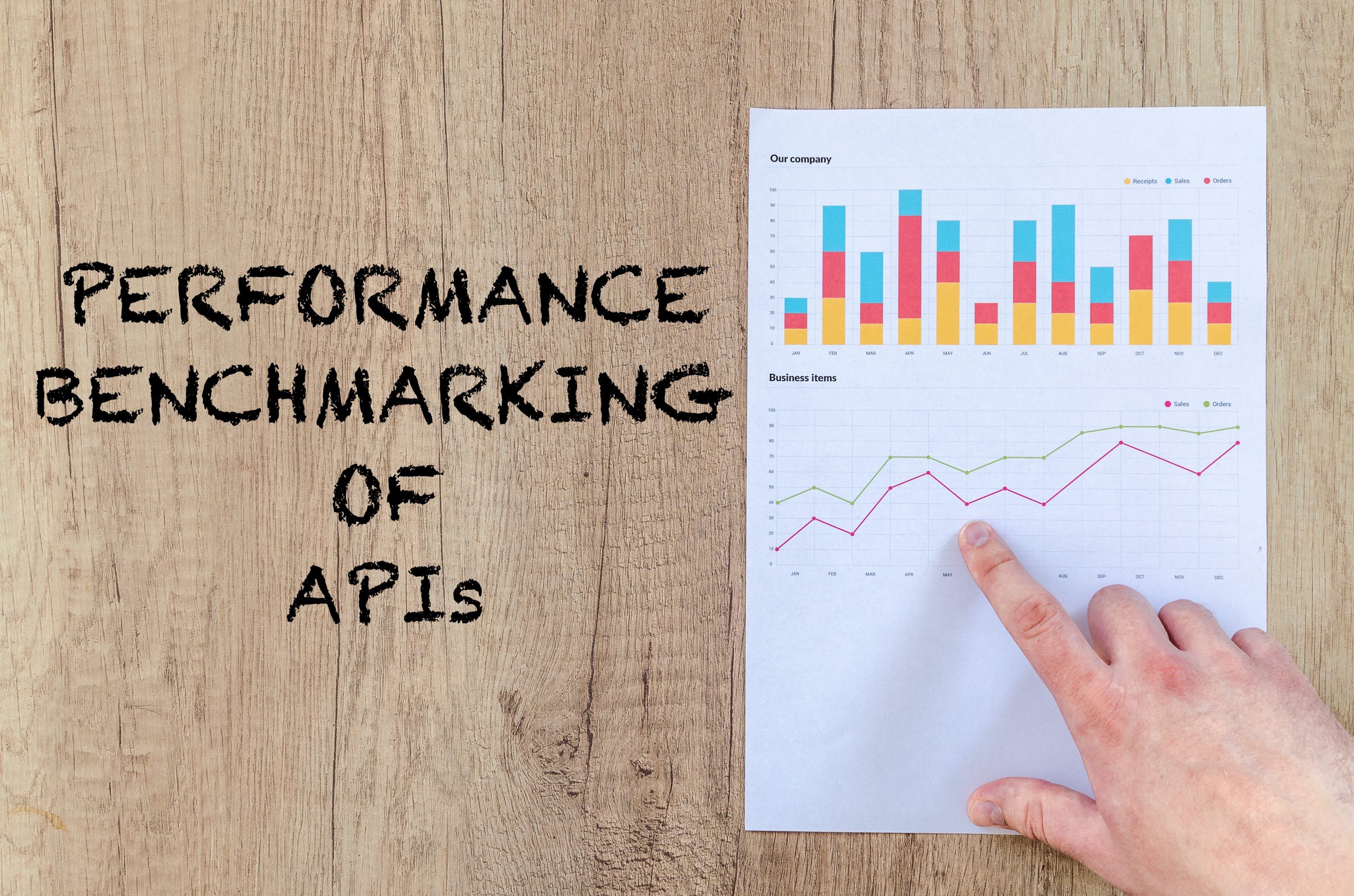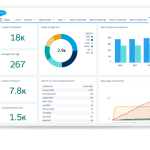PERFORMANCE BENCHMARKING OF APIs : A Quick Guide
Introduction: In the digital age, APIs play a crucial role in enabling communication between different systems and exchanging information. As a result, APIs have become an integral part of any software application. However, with the increasing use of APIs, it’s crucial to ensure their performance. That’s why performance benchmarking of APIs is so important – it helps identify any bottlenecks, improve the overall user experience, and minimize the impact on business operations.
Why Is Performance Benchmarking Essential?
- User Experience: A poor-performing API can result in slow page load times, unresponsive applications, and frustrated users. This can lead to a negative impact on the user experience and reduce customer satisfaction.
- Business Impact: Poor API performance can have a significant impact on a business, such as lost revenue, decreased customer satisfaction, and damage to the brand’s reputation.
- Scalability: As the number of API users and usage increases, it’s essential to ensure that APIs can handle the increased traffic and scale accordingly. Performance benchmarking helps identify any scalability issues in advance, so they can be addressed before they become a problem.
Types of Performance Tests:
- Load Testing: Load testing is used to determine how well an API performs under normal and peak load conditions. It simulates real-world usage scenarios to assess the API’s performance and identify any bottlenecks.
- Stress Testing: Stress testing determines the breaking point of an API by increasing the load beyond normal conditions and taking it to the limit where it breaks. This helps identify the maximum load an API can handle, which is useful for scalability planning.
- Endurance Testing: Endurance testing determines how well an API performs over an extended period of time i.e. checking the stamina of the app or resilience of the system. This type of testing helps identify any performance degradation over time and any memory leaks.
- Spike Testing: Spike testing evaluates the application’s ability to be able to cater to sudden increases in volume. This is carried out by suddenly increasing the requests generated by a huge number of users. The goal here is to judge if the performance of the app will suffer, the system will fail, or whether it will be able to handle sudden dramatic changes in user requests. This is crucial for applications that experience sudden increases in the number of users; for example, people booking train tickets in tatkal, and tweeting about earthquakes.
Steps for Performance Benchmarking of APIs:
- Define Performance Goals: The first step in performance benchmarking is to define the performance goals for your API, such as response time, throughput, and the number of concurrent users. These performance goals serve as a benchmark for the API’s performance.
- Choose a Performance Testing Tool: There are various performance testing tools available, such as JMeter, LoadRunner, and Apache AB. Choose the right tool for your specific needs, based on factors such as the type of API, size of the project, and budget.
- Prepare the Test Environment: Set up the test environment, create test data, and configure the performance testing tool. Ensure that the test environment closely resembles the production environment to get accurate results.
- Execute Tests: Execute the tests multiple times to get an accurate picture of the API’s performance. It’s important to perform tests under normal and peak load conditions to identify any performance bottlenecks.
- Analyze Results: Analyze the results, including response time, throughput, and the number of concurrent users, and compare them with the performance goals defined in step 1. Identify any performance bottlenecks and areas for improvement.
- Optimize Performance: Based on the analysis, optimize the API’s performance, if necessary, by changing the code or tweaking the configurations. Ensure that the performance goals are met after the optimization.
Conclusion: Performance benchmarking of APIs is a critical aspect of delivering a seamless and efficient user experience. It helps identify any performance bottlenecks, ensure scalability, and minimize business impact. By following the steps outlined above, you can effectively perform performance benchmarking of your APIs and improve the overall user experience.
Note: Regular performance benchmarking of APIs is necessary to maintain optimal performance and deliver a desirable user experience.
Add Comment
You must be logged in to post a comment.






Sign Up
Your article helped me a lot, is there any more related content? Thanks!